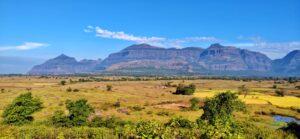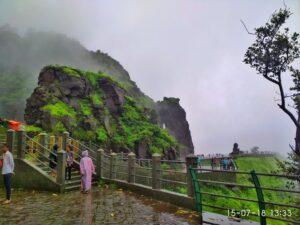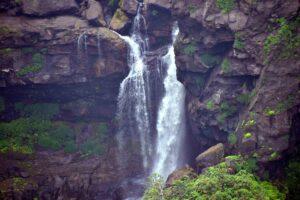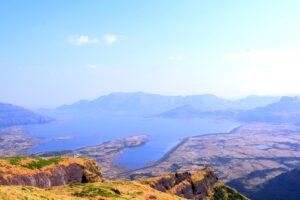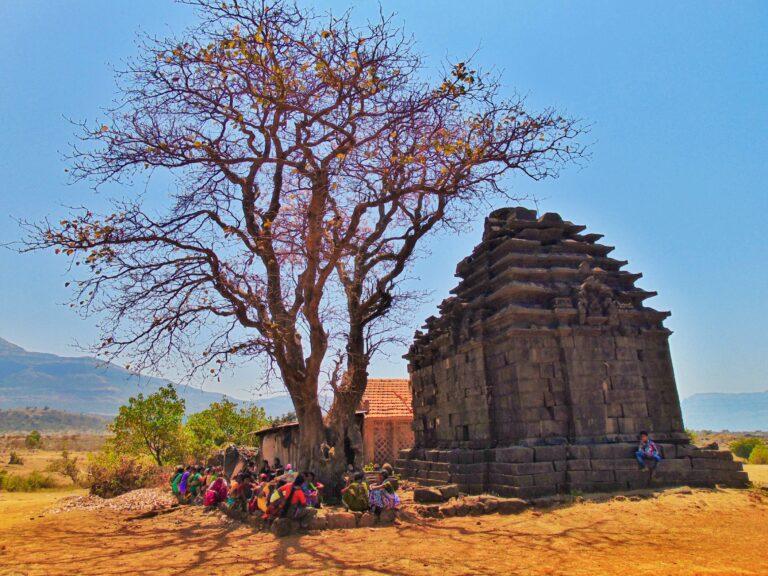
A real gold in stonework. It would not be wrong to describe it like this, this temple of Nageshwar. Malshej Ghat is familiar to all. Near this ghat is Pimpalgaonjoga dam, from this dam or else one can cross the Pimpalgaon Joga dam and go to the Nageshwar temple in Khireshwar village via Pimpalgaonjoga along the bank of the dam. Most of the people going to Harishchandragad pass through Khireshwar village.
How to reach Nageshwar Temple
By Air
Airport – Mumbai, Pune
By Train
Nearest Railway station-Kalyan
By Road
Mumbai to Khireshwar:
126 km Mumbai-Thane-Kalyan-Murbad-Saralgaon-Tokawade-Khubi-Khireshwar
Pune to Khireshwar:
118 km Pune-Chakan-Rajgurunagar-Manchar-Narayangaon-Junnar-khubi-Khireshwar
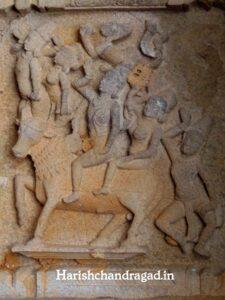
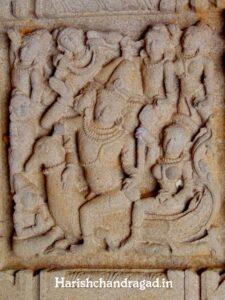

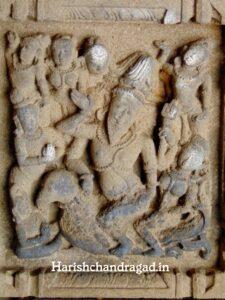
The distance from Pune to Khireshwar via Alephata is approximately 140KM. The Nageshwar temple outside this Khireshwar village is not noticeable at first sight. But when you get close to it, you realize its magnificence and then the divinity etched in it. Before visiting the temple of Nageswara, if we explore its history a little, a different story of the 10th century comes before us. During this period, a king named Zhanj of the Shilahar clan was ruling the region. A devotee of Shiva, this king built twelve temples at the source of twelve major rivers between Godavari and Bhima rivers. These temples are very elaborate and rich in sculptures. It is mentioned in a copper plate found at Panhale in Konkan.
Where are these twelve rivers between Godavari and Bhima and their source temples – Trimbakeshwar Godavari river, Vaki river in Tringalwadi, Dharana – Tarele, Bam – Belgaum, Kadwa – Taked, Pravara river – Amriteshwar in Ratanwadi, Mula – harichandreshwar on Harishchandragad, Kalu river – Nageshwar of Khireshwar, Kukdeshwar on Kukdi River, Meena – Brahmanath of Parunde, Ghod River – Siddheshwar of Vachpe and Bhima River -Bhorgiri Bhimashankar. All these temples are decorated with beautiful sculptures and carvings. These include the Nageshwar temple at Khireshwar.
The hall of this temple with sanctum sanctorum and carved spire has collapsed some time ago. A new mandap has been erected in that place. After entering the space with the darshan of Nandi from this new pavilion, the carved wealth of Nageswara comes to the fore. The carved doors of the sanctum sanctorum decorated with various geometrical shapes, Yaksha support on the ceiling, wall niches and various landscapes attract our attention.
While looking at the sculpture on the door, attention is drawn to a large horizontal sculpture on the door! This appearance of Seshashahi Vishnu. About five feet long. Vishnu seated on Shesha and Lakshmi crushing his feet! While watching this scene of uprising, sixteen more sculptures are seen on the ceiling of this space and we are amazed. These sculptures are carved, inlaid in sixteen squares of linear carving.
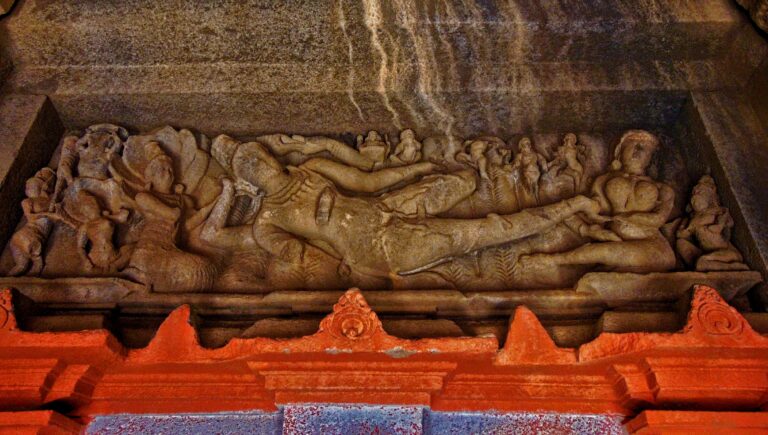
These sculptures of various Vedic gods and goddesses, their ranks, vehicles, weapons etc. I started seeing these sculptures one by one, and then I got to know them. Ganesha-Ganeshani in the mouse vehicle, Shiva-Parvati in the Taurus vehicle, Brahma-Saraswati in the Hans vehicle, Skanda-Sashti in the Peacock vehicle, Kuber-Kuberi in the Narvaha, Madan-Rati in the Capricorn vehicle.
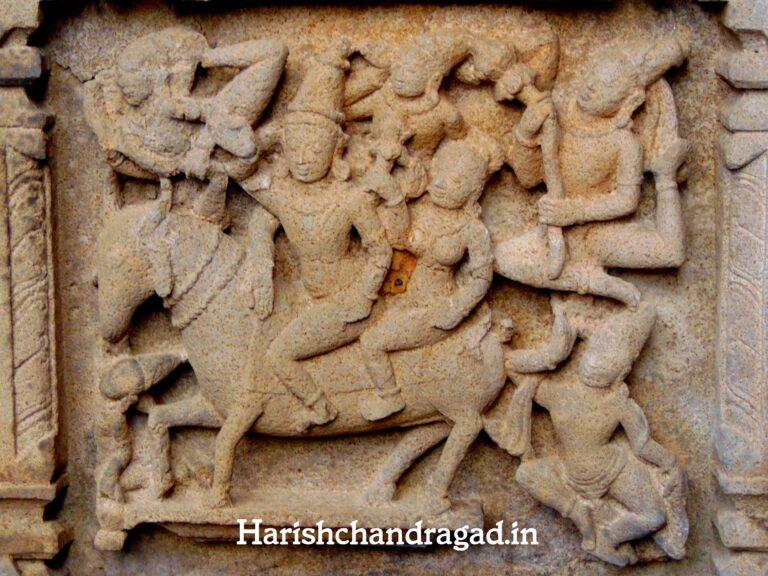

All these sculptures are carved; They are even rarer. Although marginalized today, fortunately it remains so. It should be protected in time and its information and importance should be presented here. Shivalinga has been installed in the sanctum sanctorum. Along with this, some Shivlinga, Virgal, carved remains can also be seen in the area. The sculpture seen on the inside of the temple is not much visible from the outside. But it also has an image of the deity in a box in the back wall. Below her feet are again three small figures in music-art. The rhythm and balance of this whole idol is amazing.


Looking at the entire carved appearance of Nageswara, it is felt that the temple has fallen into disrepair. Many slits, sculptures have slipped. This entire stucture is in danger of collapsing if it is not repaired in time. Departments of Archeology and Tourism should come out of their offices and urgently survey such temples and preserve and protect them. In fact, with the help of experts in this field, this temple can be properly rebuilt. A park can be planted around this temple by the dam, creating a peaceful, holy, idyllic place. A glorious history will be preserved and genuine tourism will be developed.
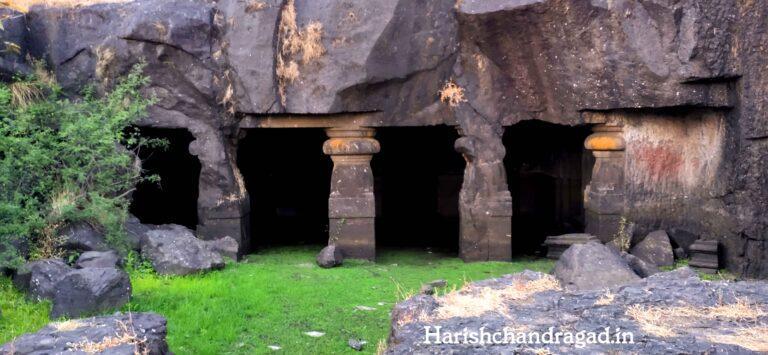
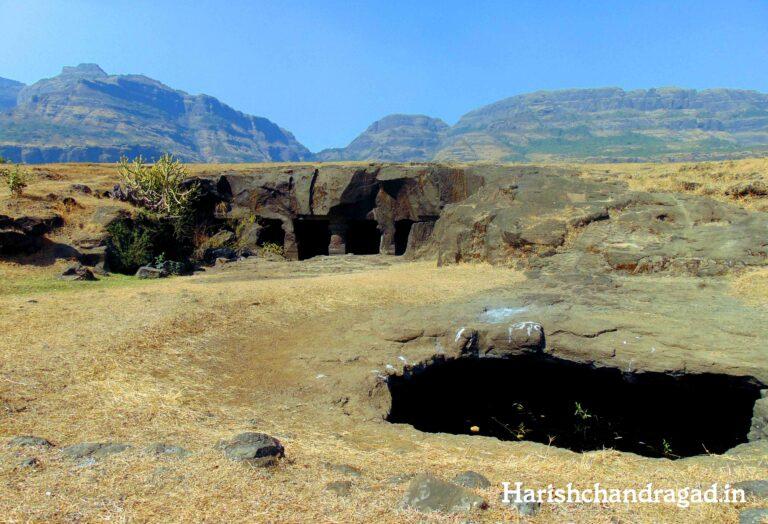
Places to explore
About us
We are the small organization that works in tribal area to build sustainable & progressive society by facilitating development in rural areas by working on different issues like the women & child empowerment, health, infrastructure, education, employment, food etc.
Quick links
Contact us
- Khireshwar, Junnar, Pune, 412409
- +919561797730
- +919975601043
- [email protected]
